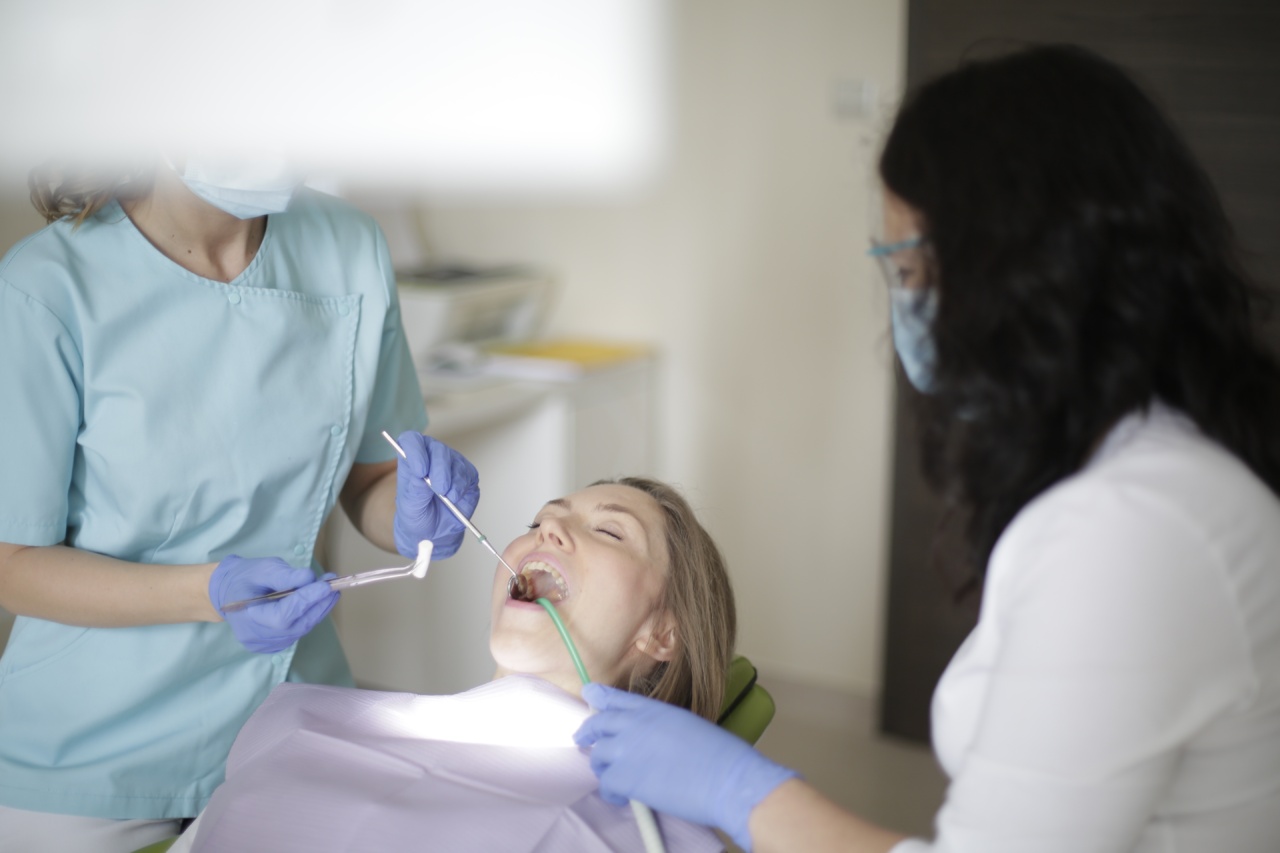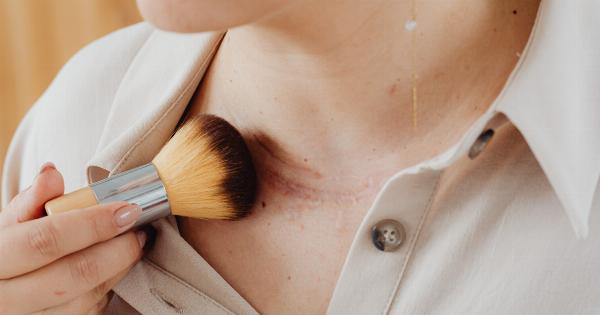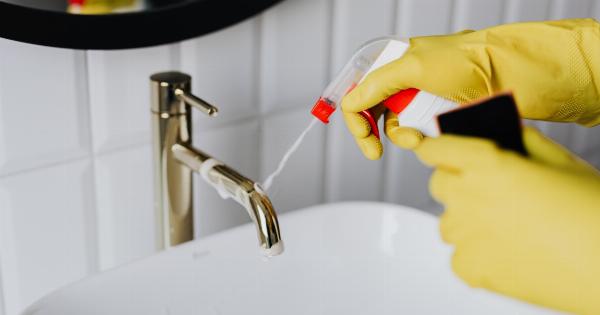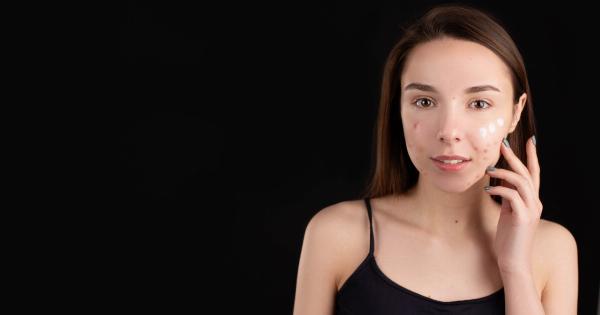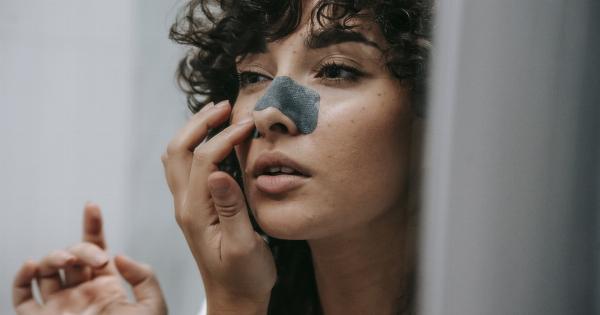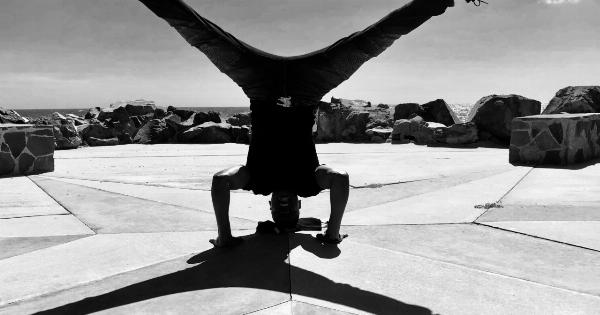Warts, which are caused by the human papillomavirus (HPV), are small, rough, and bumpy bumps that can grow anywhere on the body, including the hands, feet, face, and genitals.
They spread through direct contact, sharing personal items with someone who has warts, or even by walking barefoot in public showers or pools. If left untreated, they can grow and spread to other parts of the body and to others.
Types of Warts
There are different types of warts, and treatment depends on the type, size, and location. The most common types are:.
- Common warts: These are firm, raised, and grayish-brown warts that mostly grow on the hands but can appear anywhere.
- Plantar warts: These are hard, flat warts that grow on the soles of the feet and can cause pain when walking or standing.
- Genital warts: These are soft, fleshy growths that appear on or around the genitals and can be transmitted sexually.
- Flat warts: These are flat-topped, smooth, and small warts that mostly grow on the face or legs.
- Filiform warts: These are thread-like, flesh-colored warts that can grow on the face, neck, or around the eyes or mouth.
Treatments for Warts
There are many treatments for warts, and the best one depends on the type and location of the wart. Here are some of the most common treatments:.
Cryotherapy
Cryotherapy involves freezing the wart with liquid nitrogen, which causes the cells to freeze and die. The procedure is done in a doctor’s office and may require multiple sessions. It can be painful, and there is a risk of scarring and infection.
Salicylic Acid
Salicylic acid is a topical medication that is applied to the wart to dissolve its layer of thickened skin. It is available in over-the-counter and prescription strength and can take weeks to work.
It can cause skin irritation and should not be used on the face or genitals.
Electrosurgery
Electrosurgery involves using an electric current to burn the wart. The procedure is done in a doctor’s office and requires local anesthesia. It can be painful and may cause scarring and infection.
Immunotherapy
Immunotherapy involves injecting a substance into the wart to stimulate the body’s immune system to fight the virus and destroy the wart. The procedure is done in a doctor’s office and may require multiple sessions.
It can be painful, and there is a risk of skin reactions and flu-like symptoms.
Laser Surgery
Laser surgery involves using a focused beam of light to burn and destroy the wart. The procedure is done in a doctor’s office and requires local anesthesia. It can be painful, and there is a risk of scarring and infection.
Surgical Excision
Surgical excision involves cutting out the wart with a scalpel or scissors. The procedure is done in a doctor’s office and requires local or general anesthesia. It can be painful, and there is a risk of scarring and infection.
Preventing Warts
Preventing warts is easier than treating them. Here are some tips to prevent warts:.
